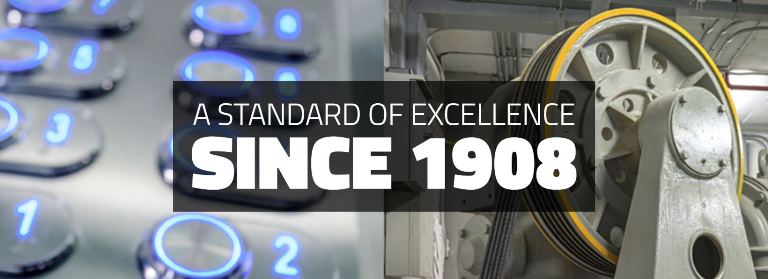We
started working with 2 buildings very close to one another on the Northshore,
both had Westinghouse equipment from the early 1960’s.
We modernized one building 8 or 9 years ago and encouraged the other
building to do so as well. The "other" building
took a bit longer than we would have liked to replace their equipment, but finally
came around and got rid of their headaches and here it is.
Existing elevator & project scope – We updated the elevator control system, motor, door operator, door tracks and fixtures.
New equipment providers
Controllers
– Smartrise Engineering
Machine
– Westinghouse Elevator w/Imperial Motor
Door
operators – GAL MOVFR
Fixtures
– Innovation Industries
Elevator controller– The elevator controller from time to time would give us repeat shut downs and it would take a bit longer than we would like to resolve the issues. The elevator controller was a Westinghouse traction elevator controller from the early to mid 1960s. We replaced it with a Smartrise Engineering C4 elevator controller.
Door operators – The elevator had a Westinghouse Elevator door operator and we replaced it with all new GAL door equipment.
Elevator fixtures – We removed the Westinghouse Elevator fixtures and replaced it with a sharp looking set of Innovation car and hall fixtures with all code requirements included.
Take away – The building probably was a few years late on modernizing the elevator controller before they started to have some real nuisance issues, but they eventually came around. Five years prior to signing a contract, we had a meeting and they wanted to wait. We patiently and persistently reminded them of the need to consider this capital expense and when they were ready, we were too. We are all very happy with the outcome of this modernization. We had 16-17 Colley Elevator employees involved in this project, great work to our sales team, engineering team, IUEC elevator constructors and everyone in-between that helped make this a successful project.
If you have any questions or would like additional information feel free to contact me at CraigZ@colleyelevator.com or 630-766-7230 ext. 107.


































